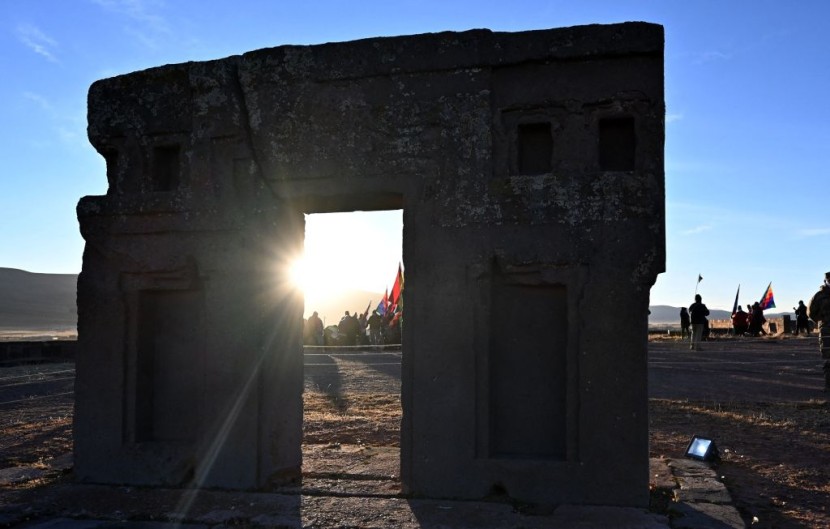
An ancient sacred pool discovered in the ancient city of Motya was believed to be something else, which has been realized by archeologists working on the site.
The discovery, dating back to 2,500 thousand years ago, was thought to be just a pool of water in western Sicily's San Pantaleo Island, but an investigation has revealed this hypothesis to be incorrect. Trial and error over a possible assumption soon realized it mapped the stars above just like the Stone Henge and other ancient monuments.
Pool Discovered in Sicily Was Not as It Was Believed To Be
This pool was first uncovered in the 1920s in the ruins of the ancient island city of Moyta, a former Phoenician port during the first millennium B.C., the Express reported.
Phoenicia is a seagoing maritime civilization located in the Levant region of the eastern Mediterranean, now Lebanon, from 2500-64 B.C. It was assumed as a 'Kothon' or artificial harbor because it was comparable to a port used by Carthage for their military campaigns.
However, studies done by archaeologist Professor Lorenzo Nigro from the Sapienza University of Rome along with Sicilian officials paved the way for new answers, cited Arkeonews.
He surmised the discovery is a sacred pool located in the center of the worship place.
According to archaeologists, the pool was connected to a temple dedicated to Ba'al, a god of fertility venerated by archaic societies in the middle eastern communities, a discovery that surprised tha scientists who were expecting to find harbor buildings instead.
The ancient sacred pool is longer and broader than a modern Olympic-sized swimming pool, making it the biggest pool in the ancient Mediterranean found in the City of Motya.
Professor Nigro said that the pool was not a harbor as once thought because it was not connected to any ocean but was filled by natural springs found in the locality.
Because of the Ba'al temple uncovered near the pool, researchers inferred that it was part of a more complex sanctuary connected to religious functions in that period.
More temples were found connected to the pool, with altars that were discovered and carven stelae stones where believers gave offerings. A pedestal stood in the center of the pool with an image of Ba'al.
Ancient Sacred Pool
Scholars studying what they thought was a harbor was not correct. Instead, they connected the holy pool to one of the biggest pre-Classical Mediterranean largest cultic complexes.
The professor says the pool was built in 550 BC before Motya was rebuilt after the Carthaginians assaulted the island. Most important of the site's features is how they pointed to the alignments with the stars, noted the Daily Mail.
He added that the Ba'al Temple is oriented to the rise of Orion during the winter solstice. The stelae and other physical features were markers for cosmic events each year.
Like most ancient cultures, they had a way of marking time and the seasons by observing the heavens as advanced knowledge.
When the site was thoroughly studied, the pool was refilled with water but now with the Ba'al statue at the center plinth. The water's surface added another dimension to watching the stars and keeping a precise calendar to follow in a year.
This ancient sacred pool in the city of Motya was similar to other cultures using henges or even geologic structures that tracked time. Still, the city became a victim of politics of the millennia, as mentioned in Antiquity.
Related Article : Pictish Symbol Stone Found at Aberlemno Depict Scenes of Critical Battle Fought in Scotland
© 2025 HNGN, All rights reserved. Do not reproduce without permission.








